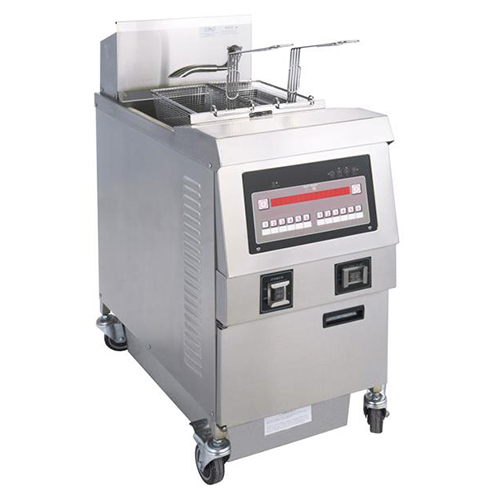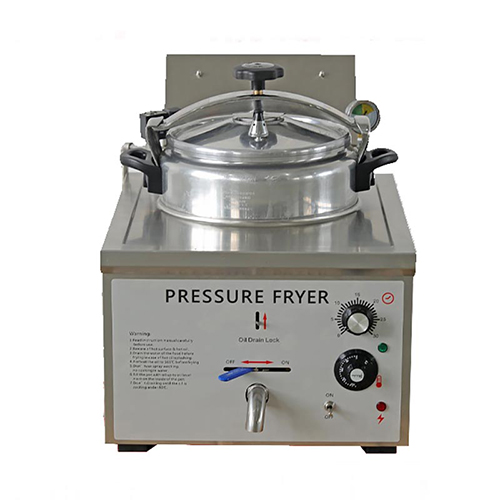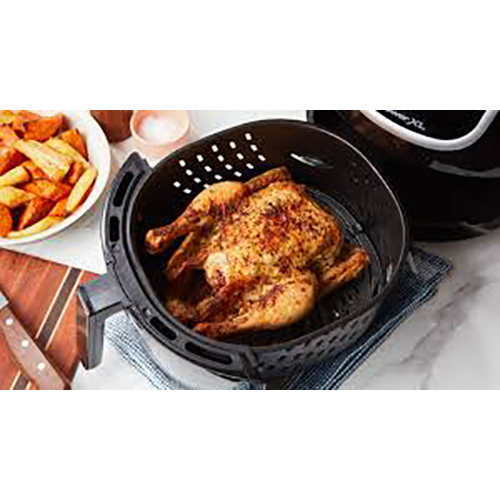Commercial Deep fryers are a key component in restaurants, hotels, and any commercial kitchen.
SHINELONG-A leading supplier of turn-key solutions in the hospitality and catering since 2008.
Commercial Deep Fryers play a key role in the catering industry
Commercial deep fryers are fundamental in many restaurant businesses for many reasons. They contribute significantly to preparing a wide variety of delicious dishes, from French fries to chicken wings, enhancing the versatility of a restaurant's menu effortlessly. Additionally, they are a testament to incredible time efficiency, enabling restaurants to maintain faster service times and cater to a higher volume of orders seamlessly.
As we all know, time efficiency plays a vital role in the success of any restaurant. In the food industry, time is often linked with the quality of service, which directly influences customer experiences and, ultimately, the restaurant's reputation. The presence of commercial fryers allows kitchens to operate more efficiently while maintaining the quality of the meals served.
In addition to increasing time efficiency, with the help of the deep fryer, the variety of food available in the restaurant will also increase dramatically. Everyday favorites such as fries, fried chicken, onion rings, seafood, and fritters rely on frying for that crispy, golden texture that patrons love. So precise control of the oil temperature is key to ensuring these deep-fried delicacies' crispy texture. The temperature control in a commercial deep fryer is a critical feature that guarantees consistently well-cooked food. The process involves a thermostat that monitors the oil temperature and adjusts the heat accordingly allowing the chef to produce food with consistent quality. This uniformity is critical in the food industry as consistent dining experiences improve customer satisfaction and retention.
The deep fryer, the game changer of the commercial kitchen world, is not suitable for all commercial kitchens. Only by understanding the characteristics of the different types and choosing the one that best suits your kitchen can you get twice the result with half the effort. There are diverse types of deep fryers in the market, and let's explore some of them:
1. Gas Fryers:
• Advantages: Gas fryers tend to heat up more quickly and offer more temperature control. This results in a consistently better-cooked product. These models are also more mobile, as they don't require a specific plug socket.
• Disadvantages: The Make-up Air (MUA), required for operation, can add to installation costs. They also need more upkeep to ensure all parts are functioning correctly.

2. Electric Fryers:
• Advantages: As part of commercial cooking equipment, Electric fryers are typically less expensive, simpler to install, and more portable compared to gas fryers. They're also energy efficient, as almost all the input energy is transferred directly to warming the oil.
• Disadvantages: These fryers may require additional electrical support for proper functioning. Plus, they don't offer the same precise temperature control, which might affect the food quality.

3. Air Fryers:
• Advantages: Air fryers use intense hot air circulation instead of traditional oil submersion, making them a healthier choice for frying. They also significantly reduce cooking smells and the risk associated with handling high volumes of hot oil.
• Disadvantages: Air fryers typically can't handle large quantities and may not provide the desired texture and flavor that traditional deep frying offers.

While there's no 'best' when it comes to deep fryers, the right solution depends on a kitchen's needs, budget, and menu. If you have any problems in purchasing the commercial deep fryer, please feel free to call us, as Asia's leading brand of one-stop solution for kitchens, we at SHINELONG can surely provide you with the most professional and reliable service.

Since Shinelong was established in Guangzhou in 2008, we have made great strides in the fields of commercial kitchen planning and kitchen equipment manufacturing.
IF YOU HAVE ANY QUESTION,PLEASE CONTACT US.
WhatsApp: +8618902337180
WeChat: +8618924185248
Telephone: +8618924185248
Fax: +86 20 34709972
Email: info@chinashinelong.com
After-Sales Contact
Telephone: +8618998818517
Email: service@chinashinelong.com
Add: No. 1 Headquarters Center, Tian An Hi-tech Ecological Park, Panyu Avenue, Guangzhou, China.


















